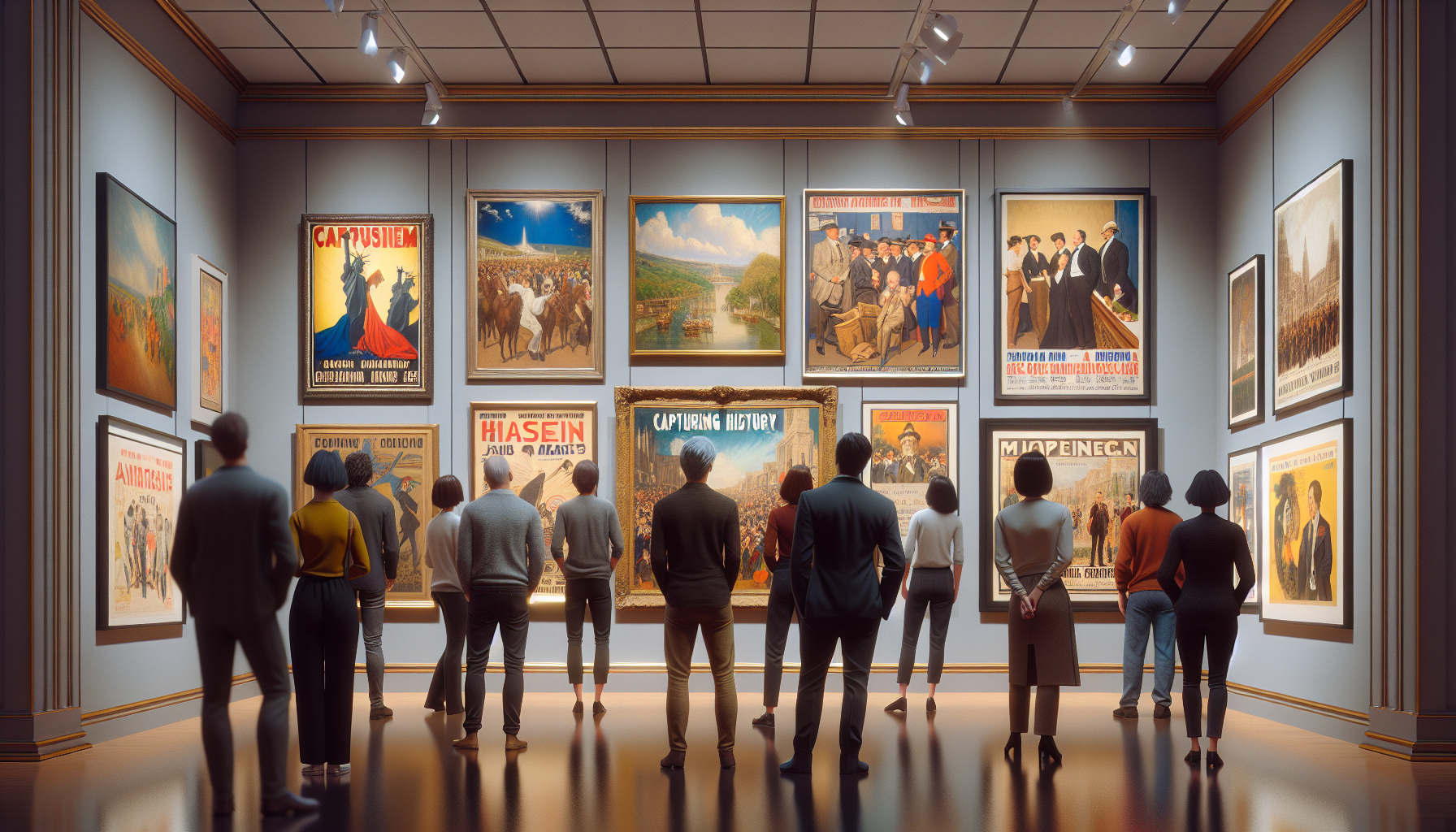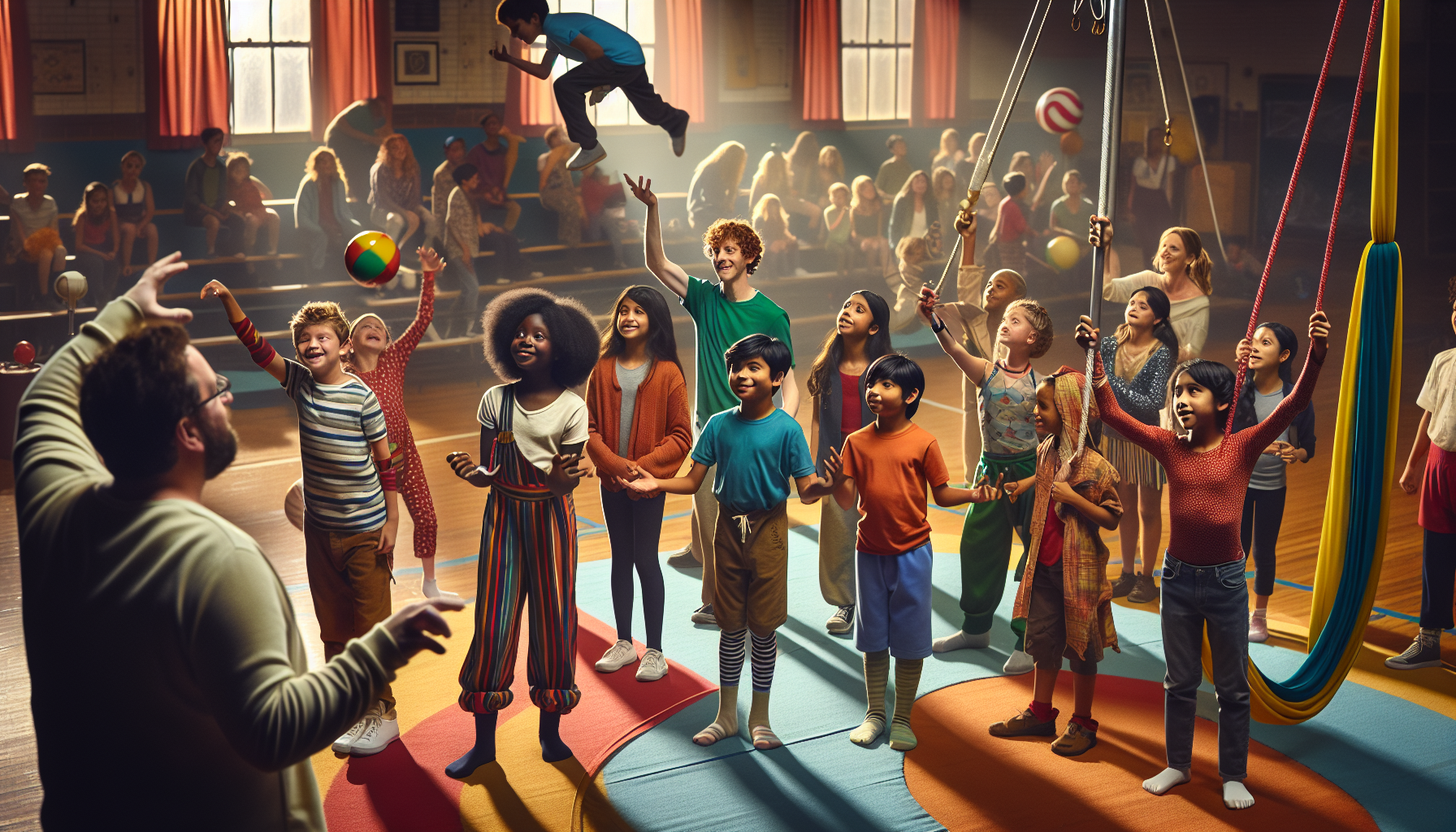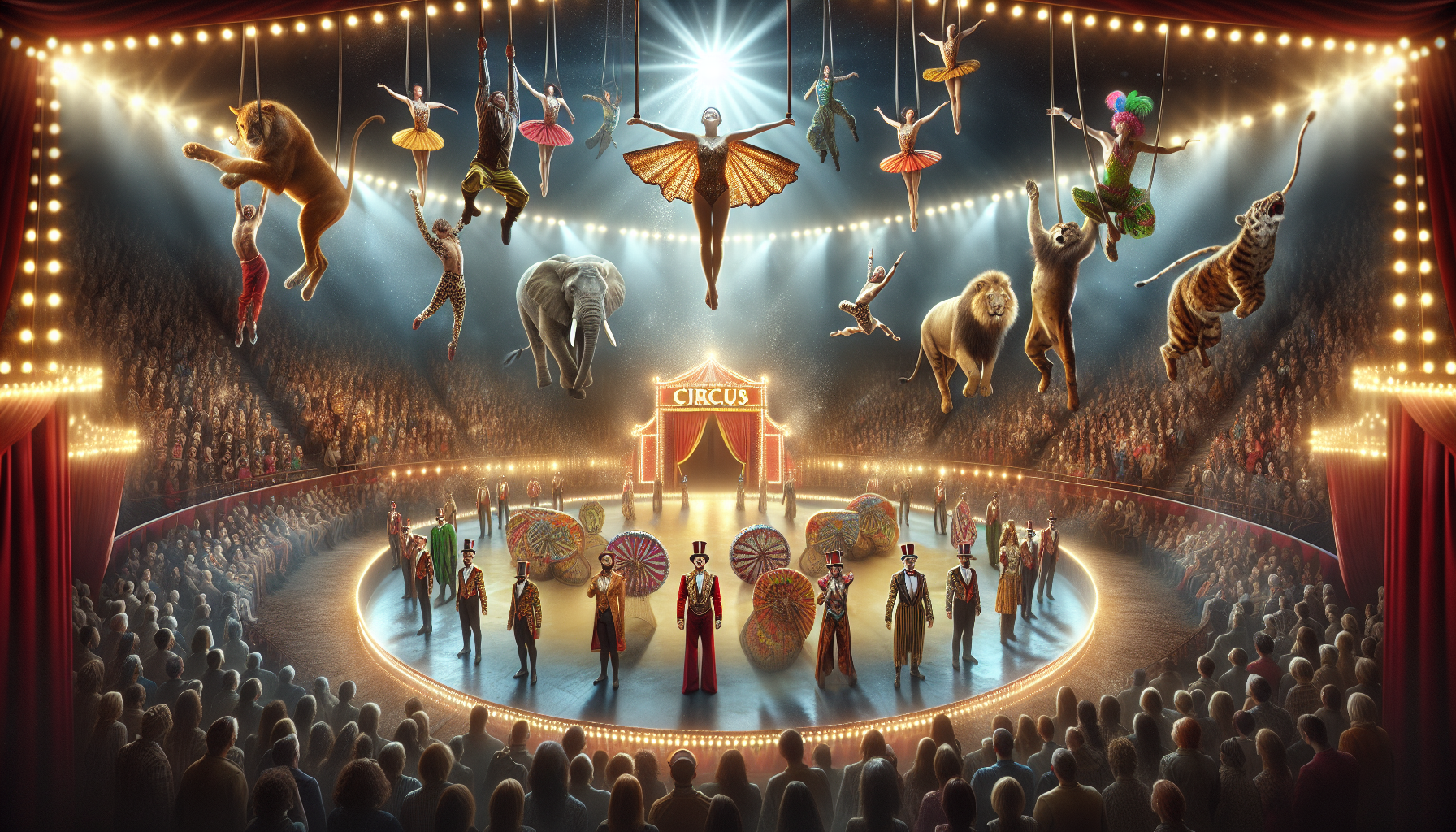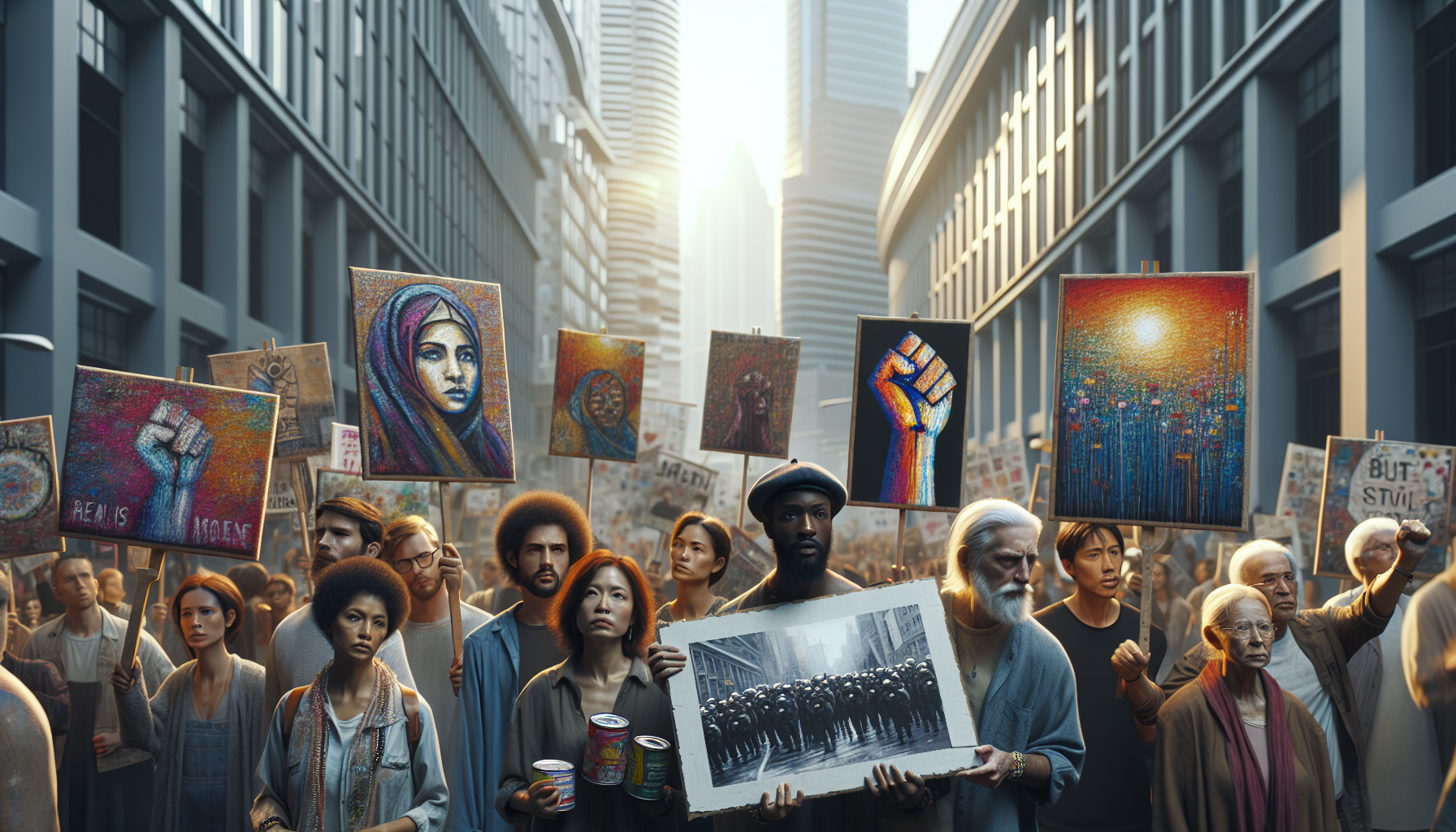In a world where digital images and fleeting content dominate our visual experiences, there’s an undeniable charm in the tangible, the timeless, and the nostalgically familiar. Enter the world of reproduced posters—a realm where art, history, and culture converge, inviting us to embark on a journey through time. These printed pieces of history, once mere advertisements or announcements, have transcended their original purpose to become coveted artifacts of artistic and historical significance. But what is it about these reproduced posters that captivates us, and why are we so drawn to the idea of authenticity in an era saturated with copies? 📜
The allure of reproduced posters lies not only in their aesthetic appeal but also in their ability to transport us to a different time and place. Imagine walking into a room and being greeted by the bold colors and striking designs of a vintage travel poster from the 1920s, or the avant-garde typography of a Bauhaus exhibition announcement. These images are not just decorations; they are windows into the past, offering a glimpse into the cultural and social landscapes of bygone eras. They evoke emotions, spark conversations, and serve as tangible connections to moments in history that shaped our world.
As we delve deeper into the world of reproduced posters, we’ll explore the intricate dance between authenticity and reproduction. Why do collectors and enthusiasts often find themselves on a quest for original prints, even as high-quality reproductions become increasingly accessible? This pursuit of authenticity speaks to a larger narrative about our relationship with history and our desire to preserve it. It raises questions about the value we place on originality and the lengths we will go to secure a piece of the past in its purest form.
In this exploration, we’ll navigate the delicate balance between preserving the integrity of the original artwork and embracing the democratizing power of reproductions. While original posters may be scarce and costly, reproductions offer a more inclusive way to appreciate and share the art and history they represent. We’ll examine the role of technology in enhancing the quality of reproductions and how it has revolutionized the way we interact with these iconic images. Are reproductions merely substitutes for the real thing, or do they hold their own intrinsic value in today’s cultural landscape?
Finally, we’ll journey into the stories behind some of the most iconic reproduced posters in history, uncovering the artists, movements, and historical events that gave rise to these visual masterpieces. From the vibrant propaganda posters of wartime to the psychedelic concert announcements of the 1960s, each poster has its own tale to tell, offering insights into the minds and motivations of those who created them. By the end of this exploration, you’ll gain a deeper appreciation for the artistry and historical significance of reproduced posters and perhaps even find yourself inspired to start your own collection. 🌟
Join us as we embark on this captivating exploration of reproduced posters, where history, art, and authenticity intertwine to create a rich tapestry of cultural heritage. Whether you’re a seasoned collector, an art enthusiast, or simply curious about the stories behind these iconic images, there’s something in this journey for everyone. So, let’s step back in time and discover the allure of reproduced posters and the quest for authenticity that continues to fascinate us today.
The Rise of Reproduced Posters
The fascination with reproduced posters has been an enduring phenomenon, bridging the gap between the art lover’s desire for authenticity and the accessibility of iconic visuals. In the past, owning a piece of art was a privilege reserved for the wealthy elite, with original artworks often costing small fortunes. However, the rise of reproduced posters has democratized art, allowing individuals from all walks of life to bring the charm and aesthetics of historical pieces into their homes. The appeal lies not only in the accessibility of these reproductions but also in their ability to evoke emotions and nostalgia, drawing viewers into a world that feels both familiar and intriguing.
Reproduced posters offer a glimpse into various eras, capturing moments that are both significant and mundane, thus serving as windows into the past. Whether it’s the vintage allure of a 1920s advertisement or the bold propaganda of wartime posters, these reproductions serve as historical documents that tell stories of their time. They are not just mere decorations; they are conversation starters, sparking interest in historical events, cultural shifts, and artistic movements. The reproductions maintain the integrity of the original artwork while making it accessible and affordable to a wider audience, allowing history to be experienced in personal spaces.
The process of reproducing posters involves meticulous attention to detail to ensure the final product closely resembles the original. This requires high-quality printing techniques and materials that can withstand the test of time, preserving the vibrancy and impact of the artwork. Furthermore, the reproduction industry often collaborates with museums, galleries, and artists to ensure authenticity and accuracy, lending credibility to the reproductions. However, this quest for authenticity raises intriguing questions about what it means to own art and how reproduced posters fit into the broader art market. Are they mere imitations, or do they hold intrinsic value of their own?
Authenticity vs. Accessibility
The debate between authenticity and accessibility is a central theme in the world of reproduced posters. For many art enthusiasts, owning an original piece is the ultimate goal, offering a sense of connection to the artist and their vision. Original artworks carry with them the history of their creation, with each brushstroke and imperfection telling a part of the story. However, for most people, original pieces are financially out of reach, making reproduced posters a viable alternative.
Reproduced posters offer a compromise between owning a piece of art history and practicality. They allow individuals to enjoy the aesthetics of a well-known piece without the burden of exorbitant costs or the need for extensive security measures. This accessibility has opened up the art world to a broader audience, allowing more people to engage with and appreciate different art forms. However, the proliferation of reproductions also raises questions about the value of originality and how it is perceived in a world where replicas are readily available.
As the demand for reproduced posters continues to grow, so too does the variety of options available. Consumers can choose from a wide range of styles, sizes, and finishes, tailoring their selections to suit their tastes and the decor of their spaces. This customization further enhances the appeal of reproduced posters, as they can be adapted to fit the unique preferences of the buyer. Despite the challenges to the notion of authenticity, reproduced posters have secured their place in the art world, offering a bridge between the exclusivity of original art and the inclusivity of modern consumer culture.
Check out the YouTube video below for a deeper dive into the world of reproduced posters:
Understanding Art Reproduction: From Posters to Prints – Art Insights Channel
The Artistic and Cultural Impact of Reproduced Posters
Reproduced posters are not only significant for their historical value but also for their impact on contemporary art and culture. They serve as a testament to the enduring popularity of certain artistic movements and styles, illustrating the timeless appeal of iconic images. By bringing these works into modern spaces, reproduced posters play a crucial role in preserving and perpetuating cultural heritage, allowing new generations to experience and appreciate the art of the past.
Moreover, reproduced posters contribute to the ongoing dialogue between art and society, reflecting changing attitudes and values. They offer insights into how different cultures interpret and engage with art, as well as how historical events continue to influence contemporary perspectives. This intersection of art and culture is particularly evident in the way reproduced posters are used to make political statements or express social commentary, reinforcing their relevance in today’s world.
The cultural significance of reproduced posters is further underscored by their widespread use in education and public spaces. Museums and educational institutions often employ reproductions to enhance their exhibits and provide context for their collections, making art more accessible and engaging for visitors. Similarly, public spaces such as cafes, libraries, and community centers utilize reproduced posters to create inviting environments that stimulate conversation and curiosity. In these settings, reproduced posters become catalysts for learning and exploration, fostering a deeper understanding of the art and the world it represents.
Table: Comparison of Reproduced Posters and Original Art
| Aspect | Reproduced Posters | Original Art |
|---|---|---|
| Cost | Affordable | Expensive |
| Availability | Widely available | Rare and limited |
| Authenticity | Replicas | Original works |
| Historical Value | Historical significance through replication | Original context and history |
| Customization | High customization | Minimal customization |
Consider the Following Benefits of Reproduced Posters:
- They offer an affordable way to enjoy art.
- They provide historical and cultural insights.
- They can be tailored to fit personal preferences and spaces.
As reproduced posters continue to evolve and adapt to the changing landscape of art and consumer culture, their impact on both art enthusiasts and the general public remains profound. They serve as accessible gateways to the world of art, inviting individuals to explore and appreciate the rich tapestry of human creativity. Whether as a means of personal expression, a tool for education, or a reflection of cultural identity, reproduced posters hold a unique and enduring allure that captivates and inspires.

Conclusion
Conclusion: Capturing History: The Allure of Reproduced Posters and the Quest for Authenticity
In exploring the fascinating realm of reproduced posters, we have traversed a landscape rich with historical resonance, artistic value, and cultural significance. These pieces, though often seen as mere copies of original works, hold their own unique place within the tapestry of art and history. By delving into the various dimensions of reproduced posters, we not only honor the past but also ensure that these artistic expressions continue to inspire and educate future generations.
Throughout our discussion, we have highlighted the intricate balance between authenticity and reproduction. Authenticity, with its undeniable charm and historical value, often commands a premium in the world of collectors and enthusiasts. However, reproduced posters democratize access to iconic visuals, allowing a broader audience to appreciate and enjoy art that might otherwise be inaccessible due to geographical, financial, or preservation constraints. This democratization plays a pivotal role in art appreciation and education, opening doors to new audiences who may not have had the opportunity to engage with such works otherwise.
Moreover, reproduced posters serve as an entry point into the world of art and history for many. They are not only decorative elements but also conversational pieces that spark interest and curiosity. Whether displayed in homes, offices, or public spaces, these posters ignite discussions about the eras and events they depict, fostering a deeper understanding and appreciation of the past. The visual power of these posters captures moments of historical significance, cultural shifts, and artistic movements, each telling its own story and contributing to our collective cultural memory.
In our quest for authenticity, we recognize that reproduced posters, while lacking the original’s provenance, bring history to life in a tangible way. They bridge the gap between the past and present, serving as a medium through which historical events and artistic achievements can be revisited and reinterpreted. The dialogue between authenticity and reproduction challenges us to consider the value we place on art and its impact on our lives.
The importance of reproduced posters extends beyond their aesthetic appeal. They are educational tools that offer insights into different periods and styles, encouraging exploration and discovery. Institutions, educators, and art enthusiasts alike leverage these reproductions to inspire learning and foster a greater appreciation for art history. In doing so, they ensure that the narratives encapsulated within these images are preserved and passed on to future generations.
As we conclude our exploration, it is vital to acknowledge the continued evolution of technology and its influence on the world of art reproduction. Advancements in digital printing and imaging technologies have enhanced the quality and accessibility of reproduced posters, making it easier than ever for individuals to engage with art on their terms. This technological progress further blurs the line between authenticity and reproduction, prompting ongoing debates about the value and impact of reproduced art.
We invite you, the reader, to reflect on the themes we have discussed and consider the role that reproduced posters play in your own life. Whether as a collector, an enthusiast, or someone who simply appreciates the beauty of art, your engagement with these works contributes to the ever-evolving narrative of art history. Share your thoughts, experiences, and favorite pieces in the comments section below. Your insights are invaluable in enriching this ongoing conversation.
Furthermore, we encourage you to share this exploration with others who may find it intriguing. By doing so, you contribute to the wider dissemination of knowledge and appreciation for art and history. Whether through social media, personal blogs, or conversations with friends and family, your efforts help to keep the dialogue about art and authenticity alive and thriving.
In conclusion, the allure of reproduced posters lies not only in their visual appeal but also in their ability to connect us with the past and with each other. They are more than mere decorations; they are gateways to understanding and appreciating the rich tapestry of human history and creativity. Let us continue to celebrate these works, ensuring that they remain an integral part of our cultural landscape for generations to come. Thank you for joining us on this journey, and we look forward to hearing your thoughts and experiences as you continue to explore the world of reproduced posters.
🎨🖼️
For further reading and exploration of reproduced posters and their impact, consider visiting reputable art history resources such as The Metropolitan Museum of Art’s Heilbrunn Timeline of Art History or The Art Story. These platforms offer comprehensive insights into the world of art, providing context and depth to the discussion of reproduced posters and their place within the broader art historical narrative.
Toni Santos is a visual storyteller and archival artisan whose creative journey is steeped in the bold colors, dramatic typography, and mythic imagery of old circus posters. Through his artistic lens, Toni breathes new life into these once-lurid canvases of wonder, transforming them into tributes to a golden era of spectacle, showmanship, and cultural fantasy.
Fascinated by the visual language of vintage circuses — from roaring lions to gravity-defying acrobats, from hand-painted banners to gothic typefaces — Toni explores how these posters once captured the imagination of entire towns with nothing more than ink, illusion, and a promise of awe. Each composition he creates or studies is a dialogue with history, nostalgia, and the raw aesthetics of entertainment on the move.
With a background in handcrafted design and visual heritage, Toni blends artistic sensitivity with historical insight. His work traces the forgotten typographies, chromatic choices, and symbolic flair that defined circus marketing in the 19th and early 20th centuries — a time when posters were not just advertisements, but portable portals to dreamworlds.
As the creative force behind Vizovex, Toni curates collections, illustrations, and thoughtful narratives that reconnect modern audiences with the magic of old circus art — not just as ephemera, but as cultural memory etched in paper and pigment.
His work is a tribute to:
The flamboyant storytelling of early circus posters
The lost art of hand-lettered show promotion
The timeless charm of visual fantasy in public space
Whether you’re a vintage print enthusiast, a circus history lover, or a designer inspired by antique aesthetics, Toni invites you into a world where tigers leap through fire, strongmen pose in perfect symmetry, and every corner of the poster whispers: Step right up.





